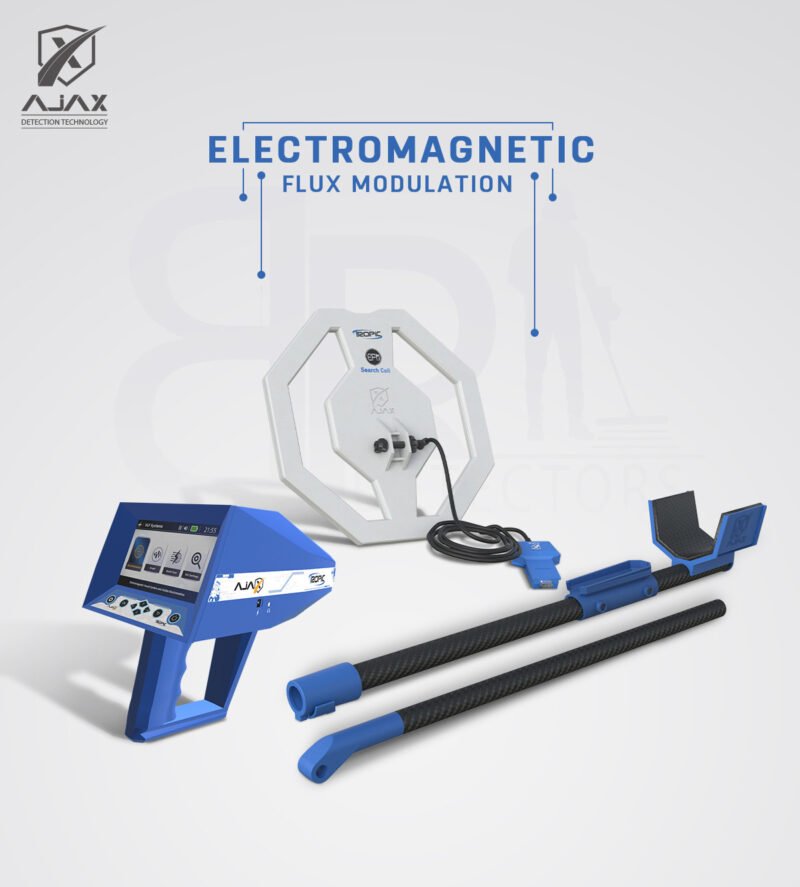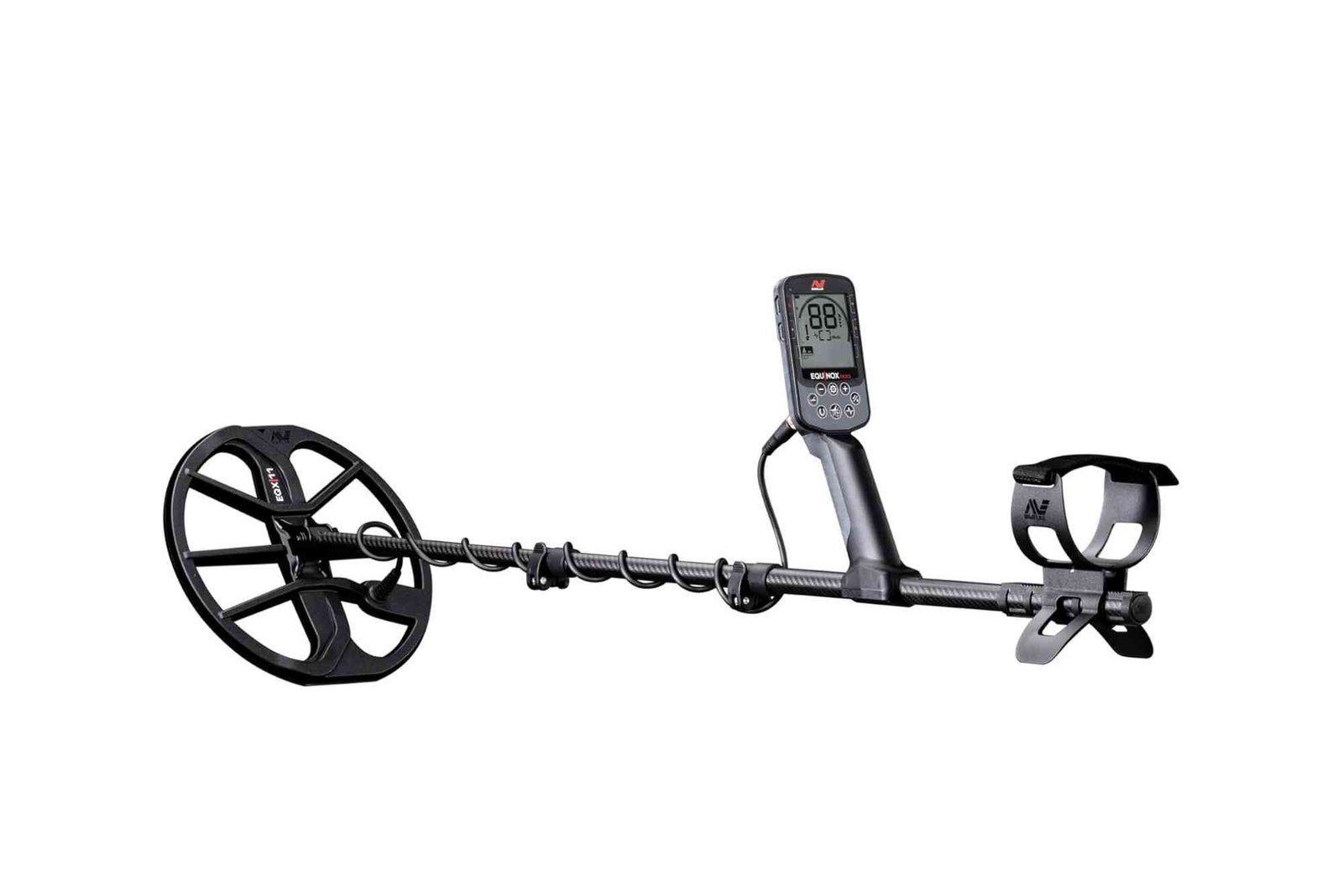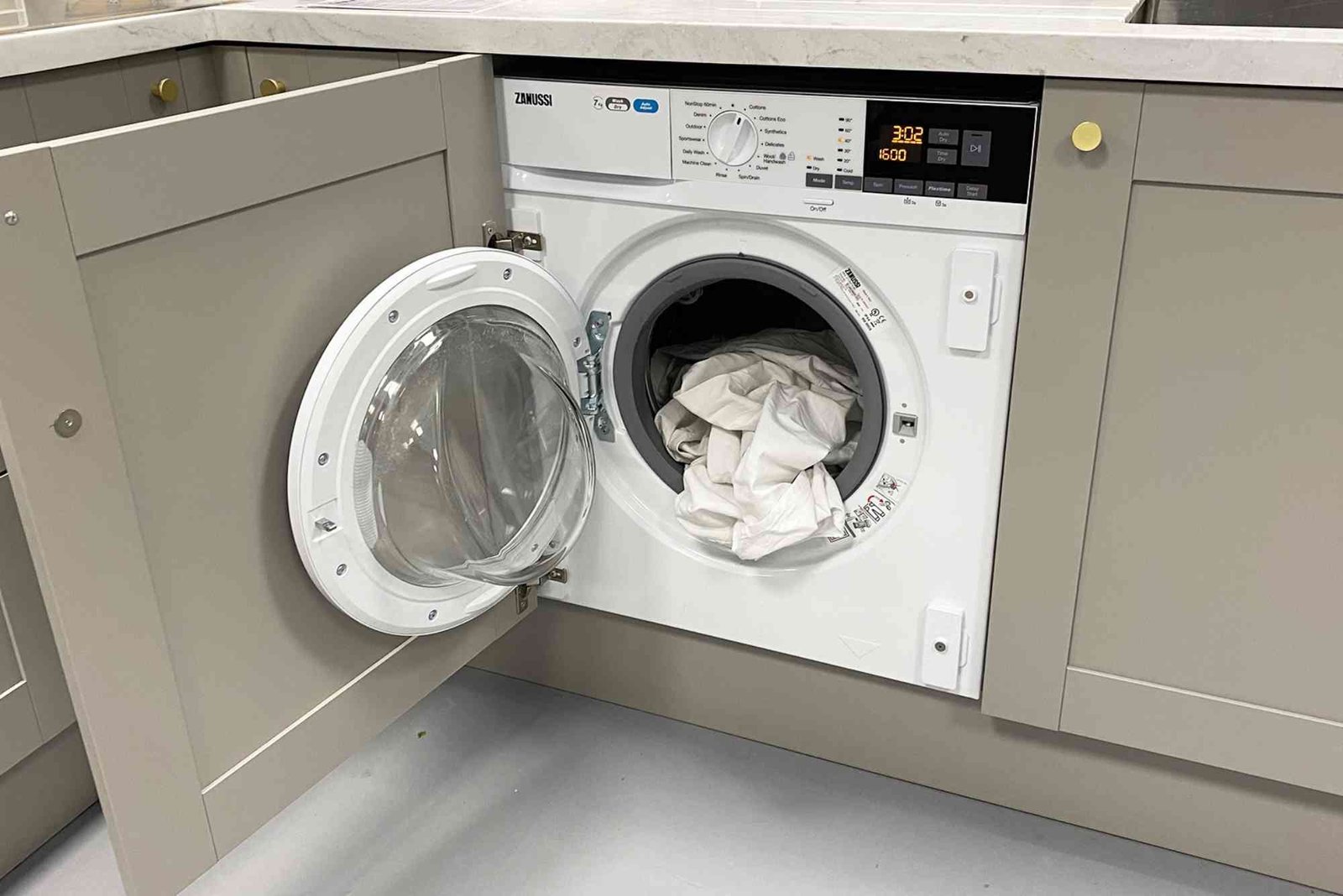Metal detecting has become a fascinating mix of hobby, science, and serious exploration. From beachcombers searching for jewelry to professional prospectors hunting for gold, the technology behind detectors plays a massive role in success. Among the most popular types are VLF (Very Low Frequency) and PI (Pulse Induction) detectors. Though they serve the same purpose—finding metals beneath the ground—their working principles and strengths are quite different. Understanding these differences can help you choose the right machine for your needs.
As someone who has spent years exploring fields and riverbeds with both systems, I’ve experienced firsthand how each type performs in varied soil conditions and environments. To help you make sense of the options, let’s explore how VLF and PI detectors work differently and why the choice matters.
How VLF Metal Detectors Operate
The first big difference lies in how these machines transmit and receive signals. VLF metal detectors work by sending a continuous, low-frequency electromagnetic field into the ground through the search coil. When the field encounters metal objects, the signal changes, and the machine interprets the variations to identify the target.
VLF detectors are particularly strong when it comes to distinguishing between types of metals. They can separate valuable items like coins or jewelry from junk metals such as nails or bottle caps. This “discrimination” feature makes VLF machines especially useful for treasure hunters who want accuracy rather than just constant digging.
However, in highly mineralized soil—like gold-rich areas or salty beach sand—VLF detectors can sometimes struggle with too much interference. That’s where PI detectors offer a contrasting advantage.
How PI Detectors Work Differently
Unlike VLF machines, Pulse Induction detectors send short, powerful bursts (pulses) of current into the ground. These pulses create a magnetic field, which collapses and generates a response when it interacts with metal objects. The detector then measures the time delay between the pulses and the returning signals to determine the presence of metal.
Because PI systems don’t rely on continuous frequency transmission, they are far less affected by mineralized ground. This makes them the go-to choice for gold prospectors working in extreme soil conditions. A good example of modern detector design that takes soil balance seriously is the Tropic, which combines ease of use with advanced functionality for those serious about detecting in tough terrains.
Where PI shines in ground penetration and stability, it lacks the discrimination features that make VLF detectors so versatile. This means PI users often dig up more junk items, but in environments where gold or deep targets are the goal, the trade-off is worth it.
Strengths of VLF Detectors
VLF detectors are widely appreciated for their precision. Their ability to filter out unwanted signals saves time and energy for detectorists who want to focus on coins, relics, or jewelry. They’re also generally more affordable, making them the most common entry point for beginners.
Another strong point is that many VLF models are lightweight and user-friendly, designed for long hours of comfortable searching. For parks, fields, and casual treasure hunting, they are hard to beat.
Strengths of PI Detectors
Pulse Induction machines excel in depth and stability. They can detect larger targets buried much deeper than VLF detectors usually can. They are also less affected by saltwater, making them a favorite among beach hunters and underwater divers.
Gold prospectors particularly value PI detectors because mineralized soil doesn’t confuse them. Where a VLF machine might produce endless false signals, a PI unit stays locked in on real targets. The trade-off, of course, is that you’ll dig more trash because of less accurate discrimination.
Which One Should You Choose?
The choice between VLF and PI detectors depends on your goals and hunting environment. If your main aim is finding coins, relics, or jewelry in relatively clean soil, a VLF machine is ideal. It provides accurate discrimination, affordability, and user comfort.
If your interest lies in gold prospecting or you often work in saltwater and heavily mineralized areas, a PI detector will serve you better. It may not filter targets as effectively, but it will ensure you don’t miss valuable signals in challenging conditions.
Some detectorists even choose to own both types: a VLF machine for everyday hunts and a PI detector for specialized trips. This combination offers the best of both worlds and ensures no terrain or soil condition is off-limits.
Practical Insights from Experience
In practice, the difference shows itself clearly. On a beach hunt, a VLF detector might constantly react to saltwater minerals, forcing you to adjust sensitivity and still deal with noise. A PI detector, on the same beach, stays calm and steady, allowing you to dig real signals with confidence.
On the other hand, when searching a park or an old battlefield site, a VLF unit lets you ignore trash signals and focus only on coins or relics. A PI detector in the same environment would have you digging countless bottle caps, slowing down your search unnecessarily.
Conclusion
VLF and PI metal detectors both have unique strengths. VLF models shine in discrimination, affordability, and everyday usability, while PI machines dominate in depth and mineralized soil conditions. Your choice comes down to where you’ll be searching and what you’re hoping to find.
For most beginners and hobbyists, VLF detectors provide an excellent balance of accuracy and value. For serious gold prospectors or underwater explorers, PI systems are essential. And for those who want maximum versatility, owning one of each ensures no ground is too tough to explore.




